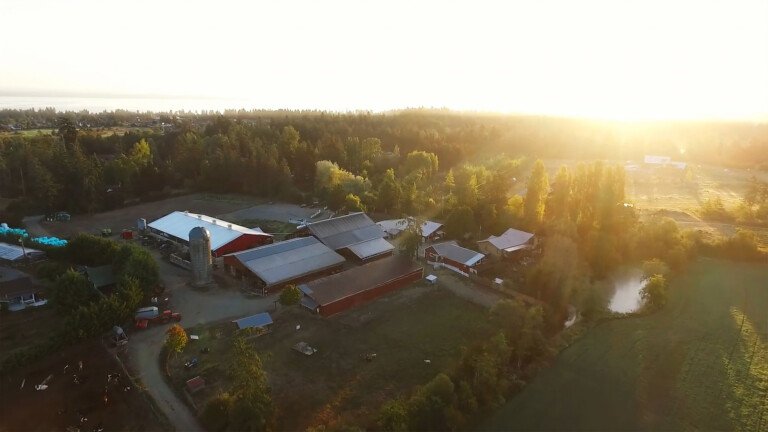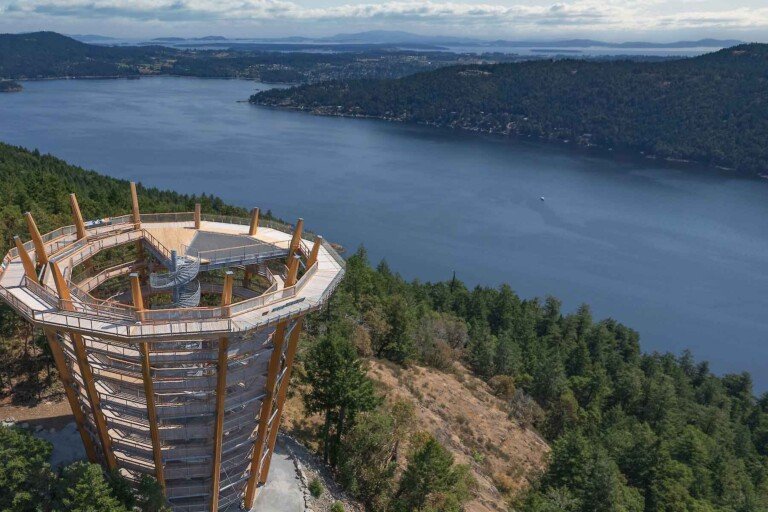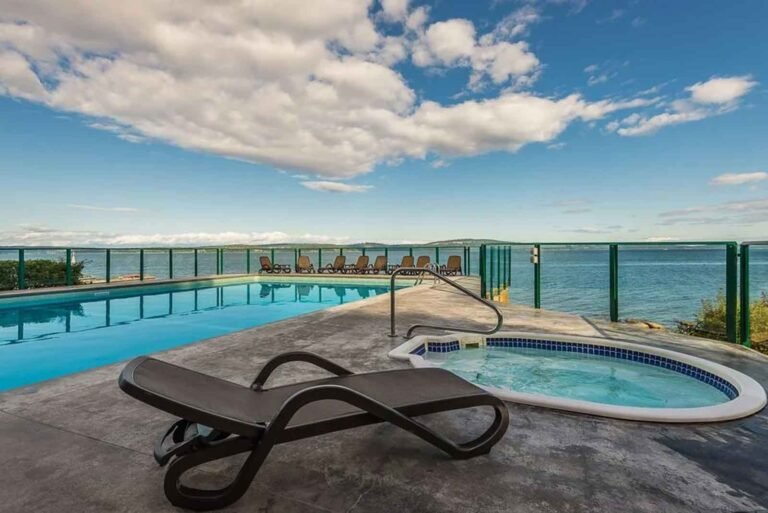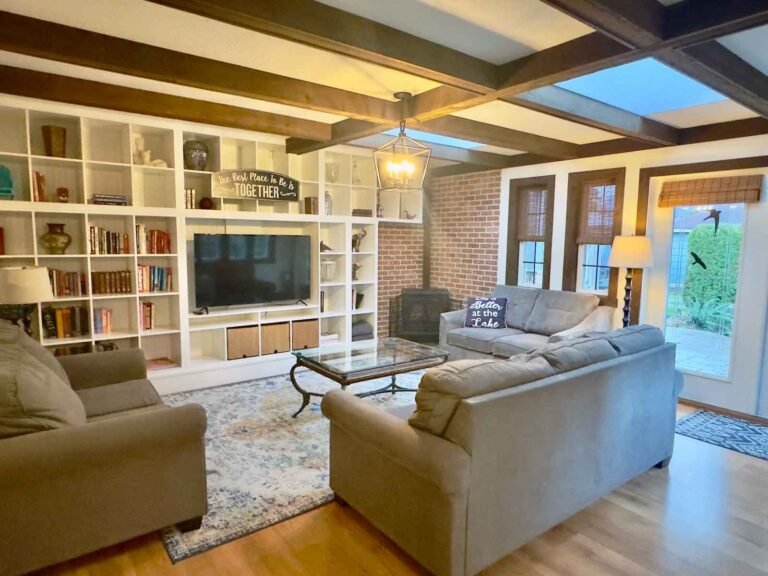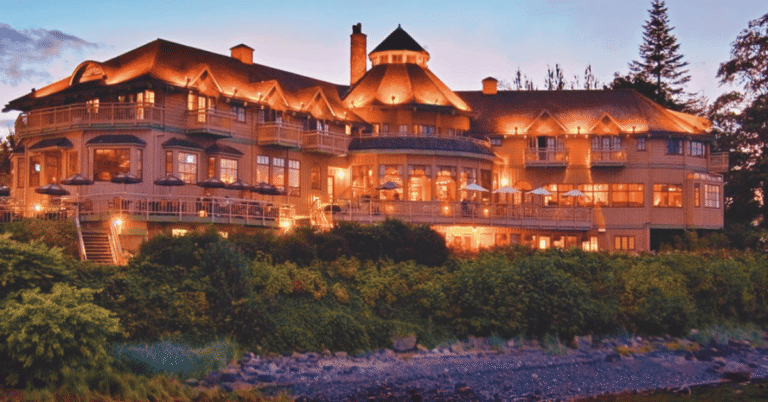Offroad adventurers and 4×4 and ATV offroading in the Fraser Valley and the Vancouver Coast & Mountains region of British Columbia are undertaken on a variety of terrains, including logging roads and mountain tops. The BC wilderness terrain varies from steep, challenging mountain roads, with dramatic switchbacks and breathtaking views, to quiet country roads where wildlife can be viewed in their natural habitat.
Kawkawa Lake is set in a forest setting in the Cascade Mountains northeast of Hope region and is worth exploring, along with swimming, picnicking and fishing at Kawkawa Lake Park.
After exploring the Emory Creek area north of Hope, offroaders can camp at Emory Creek Provincial Park just west of Highway 1, where you can relax in a peaceful campsite away from the pressures of city life.
Mount Hope (Hope Mountain) looming over the town of Hope can be explored on a four-wheel-drive road that provides access to the hiking trails on Mount Hope and Wells Peak (9 km), and the viewpoint on the top of the ridge. Continuing provides great views of Silver Lake and Skagit Valley. To access the trail, follow Highway 3 east of Hope to Nicolum River Provincial Park and turn south on the paved road across from the park/campsite.
Jones Lake (formerly Wahleach Lake) at the base of Mount Cheam, northwest of Bridal Falls, is a popular outdoor getaway. Accessed by Laidlaw Road and the Jones Lake FSR (10 km), which has steep, rough sections best driven by 4×4 vehicles with high clearance, Jones Lake offers two recreation areas on the north shore, both with campsites, pit toilets and picnic tables. The BC Hydro Jones Lake reservoir – at an elevation of 600 metres above the Fraser River – is nestled between two mountains in the Skagit Range of the Cascade Mountains, offering some wonderful mountain scenery.
If you look at a map of the Skagit Valley prior to the 1960s, you will notice that a road once ran through here into Washington State. Seattle City Light power company logged the Washington side of the valley and flooded it in the late 1960s to provide hydroelectric power.
Although the headwaters of the Skagit River lie east of here in E.C. Manning Provincial Park, the river flows south into Ross Lake. There are three campgrounds located along the road into the Skagit Valley, which begins off Hwy 1 just west of the Hope. Take the Hope Business Road exit and drive a short distance to the well-marked Silver-Skagit Road turnoff.
A sign posted here for the benefit of American visitors indicates ‘Hozameen 38 Miles.’ (Hozameen – or Hozomeen, as it’s spelled in Canada – is the site of a US ranger station at the north end of Ross Lake and the only road access to the lake.) Silver-Skagit Road is paved for only a short distance south before turning to well-graded gravel for most of its 43.5-mile (70-km) length. Watch for Silver Lake Provincial Park, 3.7 miles (6 km) past the bridge over Silverhope Creek. A small campground is located here with several dozen vehicle/tent sites. Although not within the Skagit Valley itself, the rugged landscape that rises above this campground gives a flavour for what lies ahead.
As the road leads south of Silver Lake, it passes beside some of the best fishing streams in the Lower Mainland. There are many small wilderness campsites visible from the road beside Silverhope Creek, and the Klesilkwa and Skagit Rivers.
Just south of the entrance to Skagit Valley Provincial Park is Silvertip Provincial Campground which, along with the Ross Lake Provincial Campground 15 miles (25 km) farther south, provides the best sites for camping. There are well-spaced vehicle/tent sites at Silvertip, the prettiest of which are located on the banks of the Skagit River. The forest here is a thick mix of Douglas fir and western red cedar. The wind whistling through their branches, combined with the Skagit’s rushing water, soundproofs the environment around each campsite and gives campers a sense of privacy.
Mount Rideout rears up behind Silvertip, at 8,029 feet (2,447 m) so tall that its peak is obscured from view here by its lower ridges. You only get a true sense of its grandeur when you look up as you journey farther south towards Ross Lake. Ross Lake Provincial Campground has vehicle/tent campsites on the lake’s north shore. The views from here are stunning, as several major peaks rise above the lake. Owing to their height, the tops of these Cascade Mountain peaks escaped the most recent period of glaciation and boast a more rugged, less rounded appearance than their Coast Mountain counterparts to the north.
Other popular 4×4 destinations in the eastern Fraser Valley and south to the US border include American Creek, Caroline Mines, the Hope Slide Area, Lorenzetta Hunter, Nickel Mine Area, Soboury Creek, Sowaqua Creek, Squeah Union Bar, Sumallo Canyon, and Sunshine Valley.
While many outdoor recreational adventures in BC can be enjoyed on your own, or in private groups, many activities are best enjoyed under the care and guidance of experienced tour operators. Casual visitors to British Columbia are seldom able to venture into the backroads and experience the real wilderness. That’s where offroad tour operators play a valuable role, offering full or half day all-terrain excursions, backcountry wilderness trips, and scenic mountain tours.
Note that some of the areas listed require a key to unlock the access gate. Most of these gated areas restrict access to people who have paid a forestry tenure fee to the BC government to secure a key. Local tour operators will have access to these areas.
If you venture out on your own, be aware that many of the gravel roads are active logging roads, so exercise caution, especially during the week.
New Regulations for Off-roaders
British Columbia announced new regulations for offroad vehicles in 2011, including safety and environmental regulations, and requirements regarding licensing and registration.
Only a licence will be required for crossing highways at designated areas, rather than the operations permit previously required. The designated crossings will help connect trails across the province. Off-road vehicle users are also required to have a one-time registration permit.
The changes will apply to all-terrain vehicles, quads, off-highway motorcycles and utility vehicles, as well as snowmobiles. By fall 2012, all of BC’s new requirements should be in effect, including required helmet use, spark arrestors to avoid forest fires, and new mufflers to control noise.
Responsible off-road riders welcome the new regulations in BC, particularly the registration and display of plates, as it may help to identify off-road users who damage the environment. A portion of the registration and licensing fees will go back to the associations to build trails.
The new policy regulations were implemented by ICBC in consultation with the Quad Riders Association of B.C. and the Private Forest Landowners Association.


